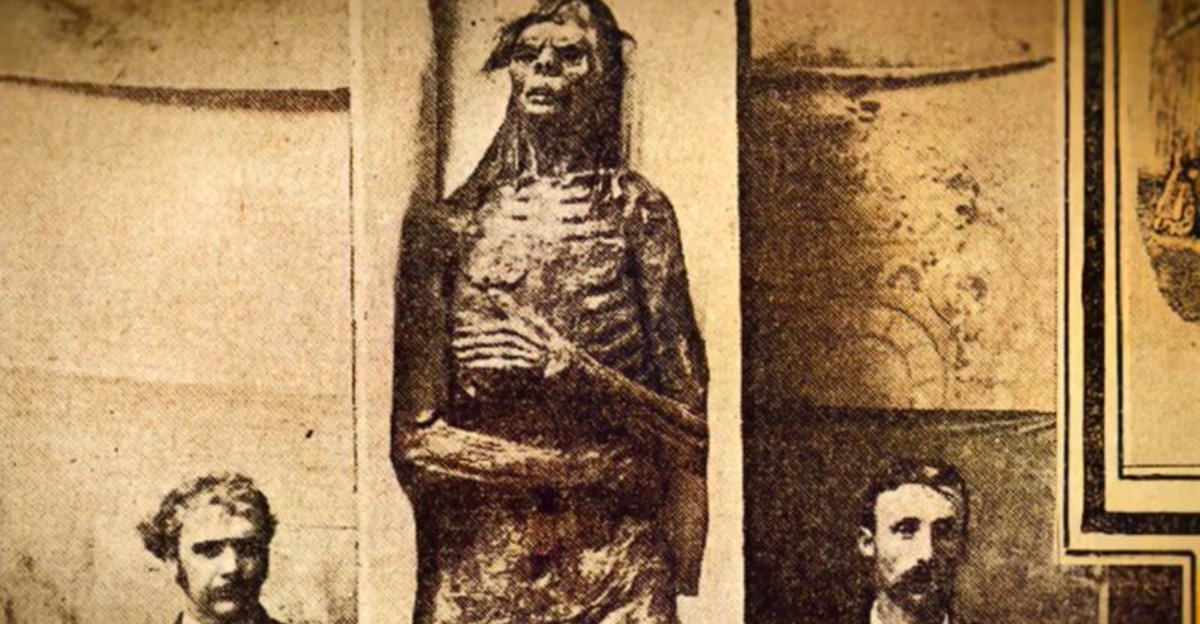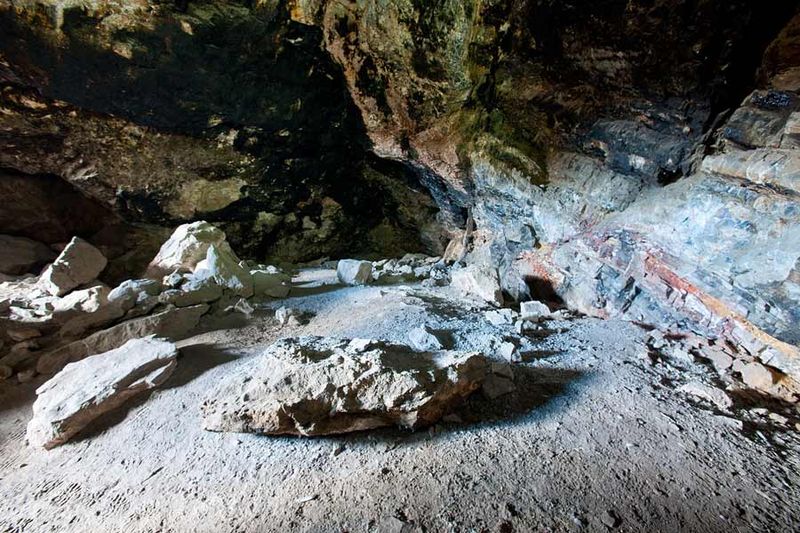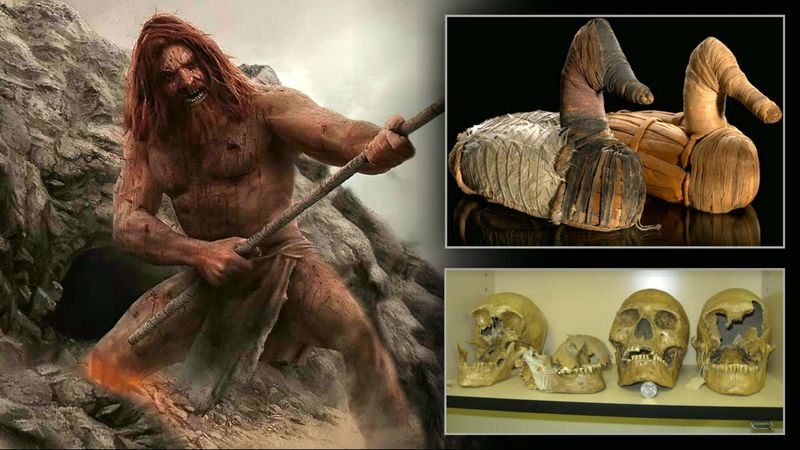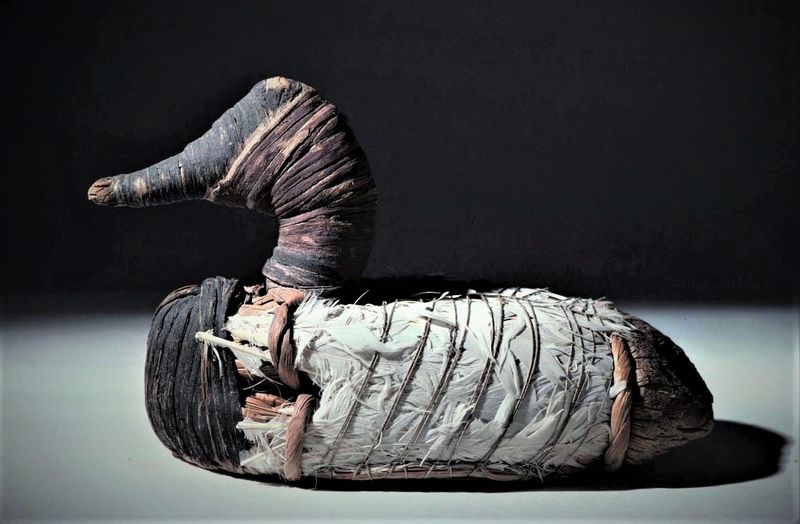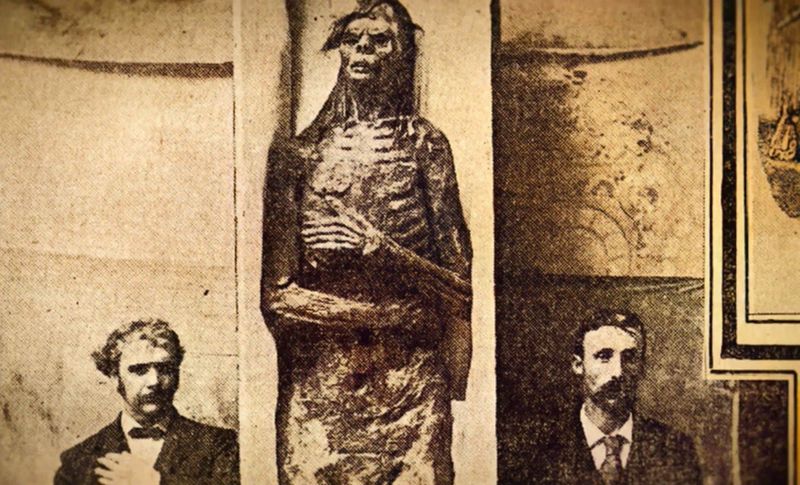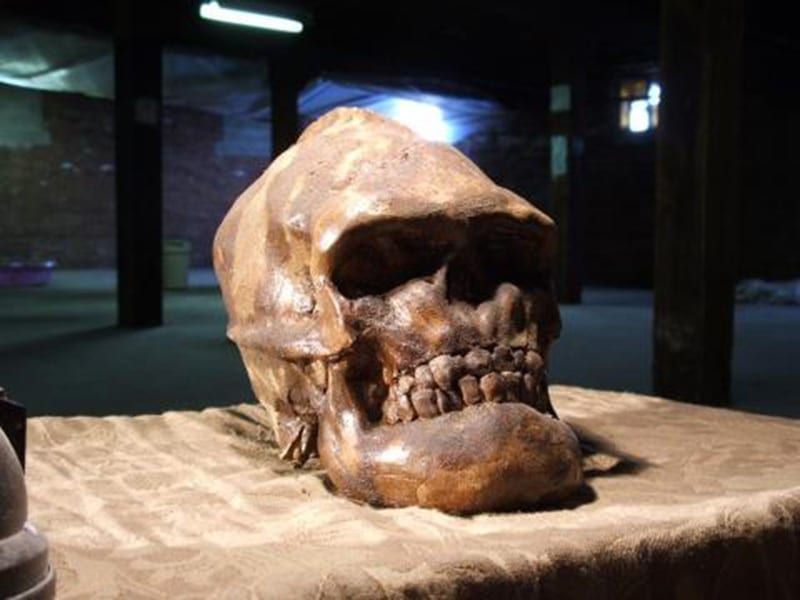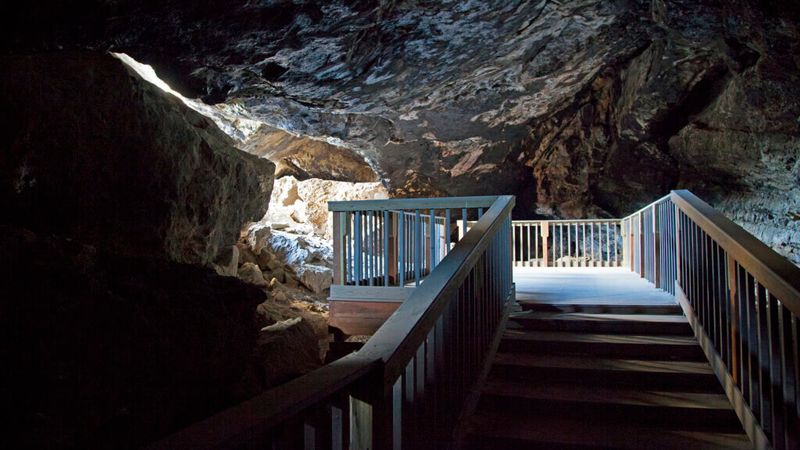Tucked into the arid landscape of Nevada, Lovelock Cave appears unremarkable at first glance — a shallow hollow carved into limestone, far from modern highways. Yet behind its dusty entrance lies one of North America’s most mysterious archaeological and folkloric sites. For over a century, Lovelock Cave has fueled stories of giants, ancient battles, and unexplained artifacts, making it a focal point of both Native traditions and fringe theories.
A Desert Cave with an Extraordinary Reputation
Few archaeological sites blend myth and science quite like Lovelock Cave. Discovered by miners in 1911, this unassuming cavern in Nevada’s West Humboldt Range quickly became famous not just for its artifacts but for its legends.
Archaeological excavations began in 1912, revealing one of the richest Native American sites ever found. Teams recovered thousands of well-preserved items thanks to the cave’s remarkably dry conditions.
What makes Lovelock truly special is its continuous human occupation spanning over 4,000 years. The cave’s isolation and perfect preservation conditions created a time capsule of Great Basin prehistoric life, offering researchers unprecedented insights into ancient desert survival techniques.
The Paiute Legend of the Si-Te-Cah
Northern Paiute oral histories speak of fierce, red-haired cannibals who once terrorized their ancestors. Called Si-Te-Cah, meaning “tule-eaters,” these beings reportedly used reed boats to escape Paiute attacks by retreating to islands in ancient Lake Lahontan.
According to Sarah Winnemucca Hopkins, a prominent 19th-century Paiute author, her people eventually united with neighboring tribes in a final war against these giants. The last survivors were trapped inside Lovelock Cave, where warriors set massive fires at the entrance, killing those inside.
Fascinatingly, archaeologists did find tule reed artifacts throughout the cave, including duck decoys and sandals—exactly the material the legendary Si-Te-Cah were said to use extensively.
Archaeological Finds Stir Curiosity
Remarkably preserved artifacts emerged from Lovelock Cave during excavations—some dating back 3,000 years. The cave yielded the oldest known duck decoys in the world, meticulously crafted from bundled tule reeds and painted with natural pigments.
Archaeologists also recovered human remains that sparked intense debate. While most skeletons were of average height, reports from early excavations mentioned unusually large skulls and bones. Unfortunately, poor documentation and the disappearance of key specimens have fueled speculation rather than scientific conclusion.
Among the strangest discoveries was a collection of 2,000-year-old sandals—sized for feet measuring up to 15 inches long. These oversized footwear items, alongside reports of 7-foot skeletons, became the cornerstone of giant theories that persist today.
Giants or Misinterpretations?
The scientific community remains skeptical about giant claims from Lovelock Cave. Many anthropologists attribute the tales to sensationalist reporting during the early 1900s when archaeological standards were less rigorous and newspapers often exaggerated findings to boost circulation.
Physical evidence presents complications too. The “giant” bones reported by early miners were never properly documented before disappearing—some allegedly sold to traveling sideshows or private collectors. Modern analysis of remaining skeletal fragments indicates normal-sized humans inhabited the cave.
Yet tantalizing questions remain. Why did L.L. Loud, a respected University of California archaeologist who led excavations in 1912, mention “a race of giants” in his field notes? And why do the Paiute traditions so specifically describe these tall, red-haired beings?
Darker Mysteries of the Cave
Beyond the giant legends lurk even more disturbing aspects of Lovelock Cave. Researchers discovered evidence suggesting ritual cannibalism—human bones with cut marks consistent with flesh removal and marrow extraction. These findings align uncomfortably well with Paiute descriptions of the Si-Te-Cah as man-eaters.
Strange pictographs deep within the cave depict humanoid figures with unusual proportions and animals unknown to the region. Some cave areas show signs of intense, localized burning that archaeologists cannot easily explain through cooking or heating purposes.
Perhaps most chilling are accounts from early excavators who reported inexplicable equipment failures, sudden temperature drops, and overwhelming feelings of dread in certain cave sections. Modern visitors still describe electronic malfunctions and an oppressive atmosphere that seems to intensify deeper inside.
The Allure of Myth and Mystery
Today, Lovelock Cave attracts an unlikely mix of visitors—archaeologists armed with scientific equipment, paranormal investigators with EMF meters, and Native Americans performing ceremonies. The Bureau of Land Management now protects the site, though decades of looting have damaged much of its archaeological context.
The cave represents different truths to different people. For scientists, it’s a remarkable repository of Great Basin prehistory. For the Paiute, it remains a place of ancestral significance tied to ancient conflicts.
Whether or not giants once dwelled in its chambers, Lovelock Cave reminds us how thin the line between myth and history can be. In this remote desert hollow, where tule reed artifacts lie preserved for millennia, ancient stories continue to echo—neither fully proven nor disproven by modern science.
